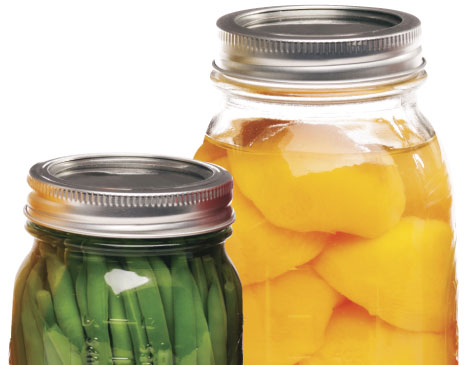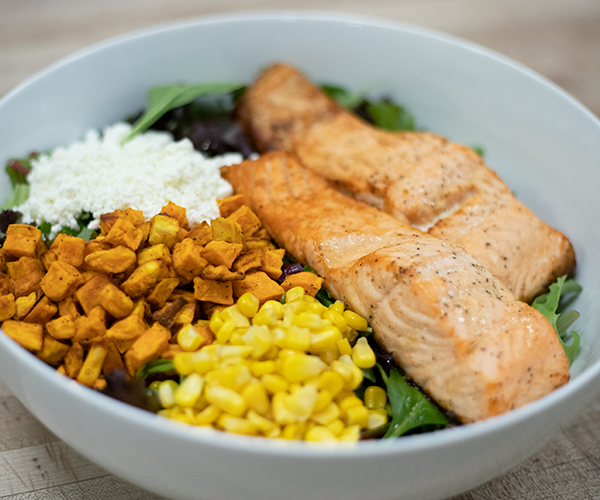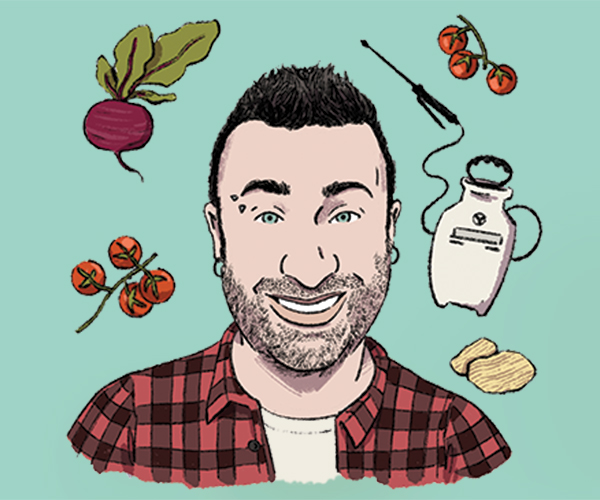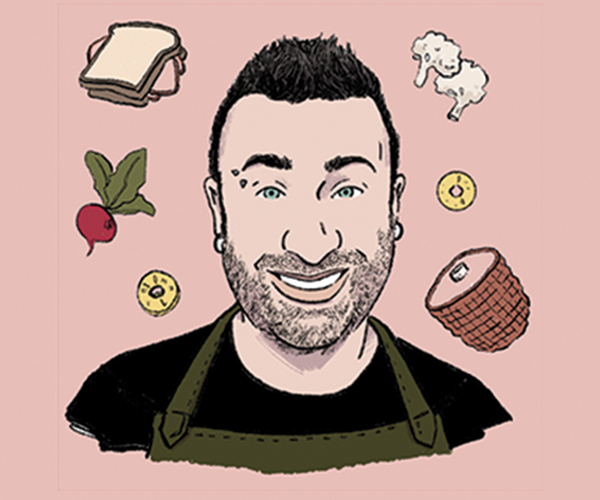With crisp bell peppers, fresh-off-the-vine tomatoes, sweet corn, juicy peaches and so much more in season, we can't get enough of our region's farm-fresh bounty. "We're rediscovering the benefits of canning our beautiful produce so that we can enjoy it year-round," says Andrew Rainey, founder of Randy's Pickles. For many, the tradition stirs memories of toiling away in grandma's kitchen, transforming mounds of berries and veggies into jars that filled her pantry shelves. While the history of fermented foods predates modern times by a few thousands years, canning is a more recent development in food preservation. Its discovery dates back to 18th-century France, when a chef realized that produce and poultry could be kept in its nearly fresh state by applying heat to foods sealed in glass bottles. "It's pretty easy to can just about anything, from cucumbers, radishes, cauliflower and apples, to whole garlic cloves," Rainey says.
You Can Can
Preserve your own goodies with this handy how to.
Sterilize your glass jars in a pot of boiling water for 15 minutes. "Cleveland Bottle and Supply sells one-piece plastisol lids, which provide better vacuum seals and a longer shelf life for jarred food than the two-piece metal lids from the grocery store," says Jim Conti, founder of Cleveland Jam.
You can use the same pot for canning, as long as the pot is 2 inches taller than your jars. Make sure your jars and lids are hot when you fill them with food to prevent thermal shock when they meet the boiling water.
Line the pot with a dish towel to protect the glass from cracking. Add water, and bring to a boil. Submerge the filled jars in the boiling water. Make sure 1 inch of water covers the lids.
When they're done boiling, remove the jars with tongs, and let them sit overnight on a counter. "You'll start to hear them pop as they finish sealing," Conti says. Place your jarred goods in a dark, cool place for up to a year.
Pressure Test
Whether you use the boiling water bath or pressure canning method depends on what you are preserving. Clark Pope of Pope's Kitchen differentiates the two popular techniques.
Boiling water bath canning
Ideal for: Acidic foods such as fruits, vegetables and tomatoes, combined with either lemon juice, vinegar or citric acid. The acidity safely preserves the food. • Equipment: Canning jars, stockpot and tongs • Time involved: 2 hours • Method: Fill the jars with the food. Cover, then boil. A vacuum seal forms as the jars cool. • Pro tip: "The water bath only takes 10 to 15 minutes, but don't start your timer until the water reaches a full boil," Pope says.
Pressure canning
Ideal for: Low-acid foods and any non-pickled vegetable. Examples include zucchini, green beans, corn, soups, salsas, sauces, stews, stocks, meats and seafood. • Equipment: Canning jars and pressure canner • Time involved: 3 to 5 hours • Method: Increase in air pressure causes water to boil at higher temperature, which creates a safe processing environment. • Pro tip: "Pressure canning is great if you have more pantry space than freezer space," Pope says.
Jam Session
Once you've mastered the art of canning, get creative with your ingredient pairings. Jim Klimo, owner of Jimmy's Jams, offers these jam options for inventive, delicious spreads and how to take them beyond your morning routine.
White wine, garlic and rosemary
Slather this combo atop any protein — steaks, burgers or salmon — and even rice or risotto. "I like to use a chardonnay with some fruit notes to complement the strong garlic flavor."
Peach, thyme and black pepper




